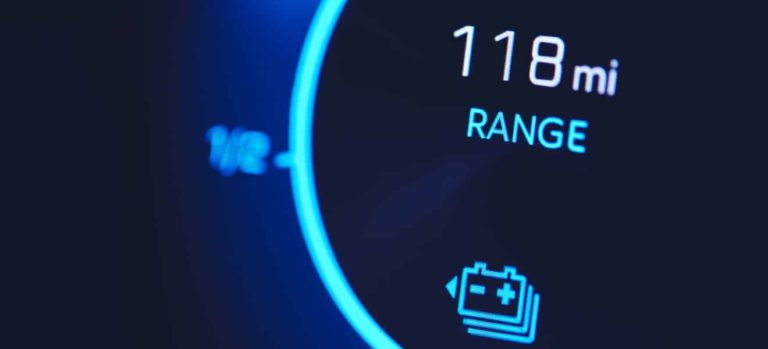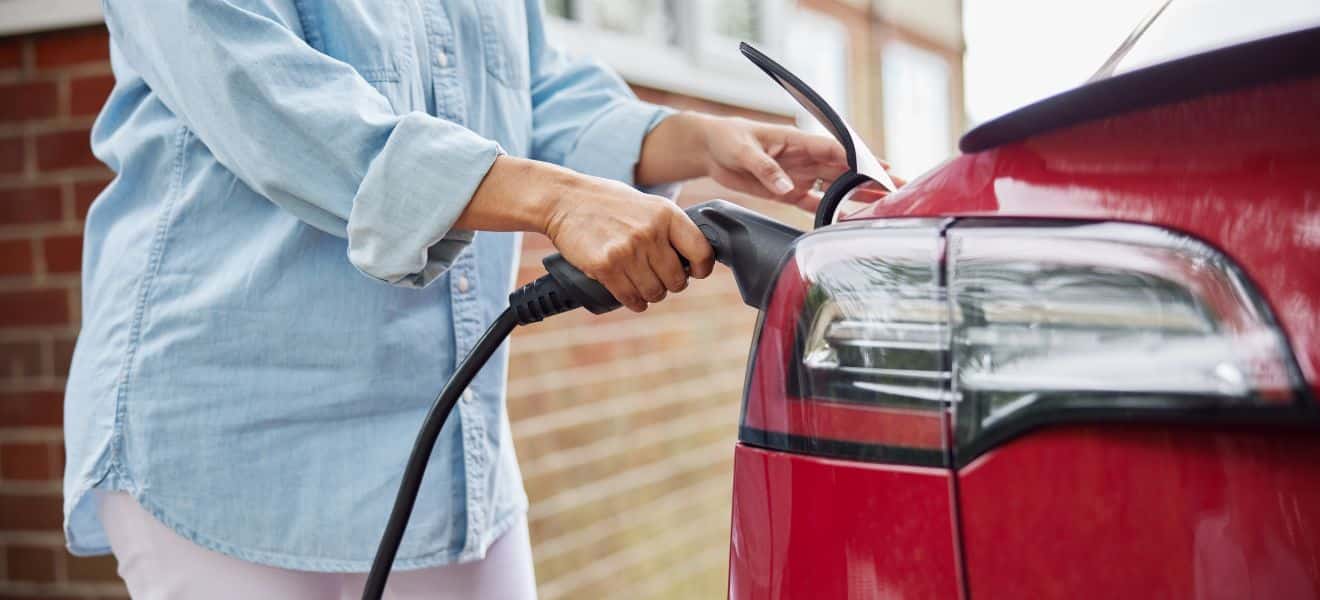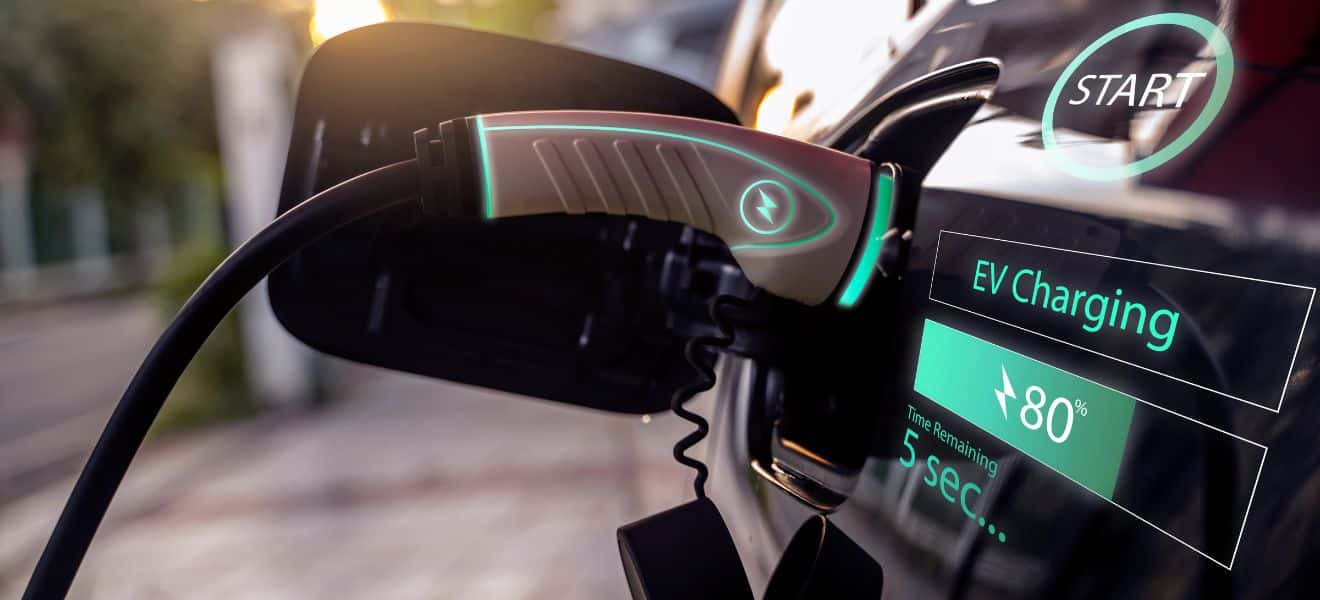
EVs for Long Drives: Better Than You Think!
EVs for Long Drives: Better Than You Think! https://wvl.co.uk/wp-content/uploads/EVs-for-long-drives-Better-than-you-think.jpg 1320 600 Anthony https://secure.gravatar.com/avatar/0ce9a76712b2ebb44190c51857fae37600a61d6fe57138c94dce31a727aa27ec?s=96&d=mm&r=gEVs for Long Drives: Better Than You Think
Can you drive long distances with EVs? And if so, which electric car is best for long drives? Read on to answer those questions and more!
How good are EVs for long drives?
Range anxiety is one of the biggest blockers to making the switch from petrol, diesel or even hybrid models to a fully electric car. With that in mind, we thought it was about time we addressed that perception by looking at how good EVs are for long journeys, starting with one of the most popular questions we get on the subject…
Which electric car is best for long drives?
According to Auto Trader, the longest-range EV currently on the market is the Mercedes-Benz EQS which boasts an impressive battery range of 485 miles on a single charge.
However, given the high ticket price (roughly £102,000 to buy, with rental prices equivalently costly) of the EQS, a more mainstream option might be the UK’s best- selling electric car in 2021, the Tesla Model 3.
According to Car Magazine, the Model 3 has a range of between 305, 340 or 374 miles depending on whether you opt for the standard, Performance or Long Range versions. A purchase price of around £47,000 for the standard edition makes the Model 3 a much more affordable option for individuals, as well a more attractive one for businesses looking to lease an EV capable of going longer distances on a single charge.
If you’re looking for a more affordable option still, the Nissan Leaf has a full-charge battery range of around 226 miles. Not bad for a fully electric-vehicle that retails for under £30,000, with leasing terms that are some of the most attractive on the EV market.
So, can you drive long distances with EVs? Absolutely – and EV Database offers a wider insight into the various distances you can expect from electric vehicles. Plus, with the speed of battery charging only set to increase, the range of your average consumer electric car is only likely to increase in the coming years as EV vehicles become more commonplace.
However, in the here and now, there are some things we’d suggest keeping in mind when driving an electric car for hundreds of miles…
Our tips for electric car long distance driving
1. Slow charge your EV overnight wherever possible

Charging at home is likely to be the cheapest way to power up your electric vehicle, and the best way to get it to a full 100%. (More on that in point four below). It’s also the best way to extend the battery life, with too much rapid charging known to adversely affect your battery’s capacity. If you’re at home, we’d suggest plugging in your EV each night. If not, we’d suggest using a neighbourhood charging scheme or slower destination charger like those at a hotel.
2. Plan your journey to factor in fast charging
If you plan on driving a long distance, plan ahead using any of a number of different apps and services. We favour Zap-Map here at WVL and have used it previously to calculate distances for different EV journeys over on our piece comparing EVs to ICE cars. You can use the Zap-Map website or app, or there’s also Tesla, Pod Point and Auto Trader apps if you prefer.
3. Know your charger types and carry your compatible cables with you
Do you know the difference between an AC and DC EV charger and which one your electric car is compatible with? What about the distinction between different charger adapters? Zap-Map has this information and more, so we’d suggest reading up on it all before you make the switch to an electric vehicle. The range of options can feel a little dizzying if you’re new to the world of EVs, but the good news is that your electric car is likely to come with the most popular adapter types, letting you plug in to the majority of charge points should you need to charge up in a hurry while taking your electric car long distances.
4. Don’t rapid charge your battery above 80%…

As we mentioned above charging at home is the best way to get your EV’s battery to 100%. That’s because public rapid chargers will actually slow down your charge after 80%. It’s a measure used to make sure people don’t hog chargers longer than they need to and keep them free for other drivers – and also the reason that EV charge times tend to be given in ‘time to charge to 80%’ rather than to 100%.
5. … Or let your EV’s battery drop below 20%!
Our fifth and final tip for electric car long distance driving is to make sure you don’t let your battery dip below 20% too much. Just like relying too much rapid charging, this can negatively impact the overall capacity of your EV’s battery, so make sure to plan those rapid charge stops in the middle of your journey.
Are you ready to make the switch to a full EV?
If you came here wondering ‘how good are EVs for long journeys’ – hopefully we’ve helped answer that question!
If you’re looking to lease an EV – whether for personal or business use – our team at WVL have access to the full market of electric vehicles, and can help you navigate currently-tricky vehicle availability to land an electric vehicle that can suit your needs – in both the short and long term.
To find out more about how we can help you make the switch to electric vehicles, check out the blogs below or get in touch with us today.




